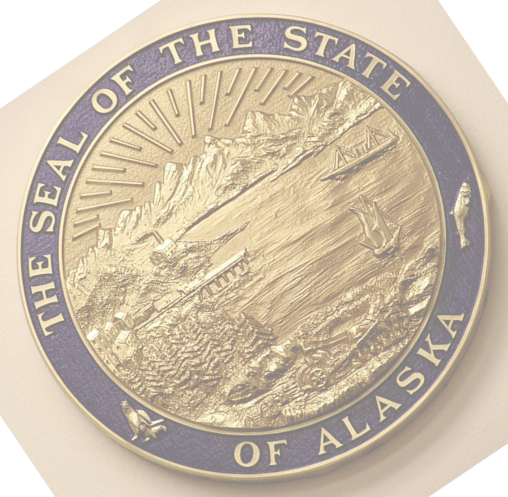Earlier this week, I had the privilege of presenting my oil tax bill to the Senate Resources Committee. Senate Bill 192 proposes to amend deficiencies in Alaska’s petroleum production tax, establishing a more reasonable, balanced and sustainable production tax for Alaskans. The current tax structure, created by the passage of Senate Bill 21 last year, sets a base tax rate of 35% based on a net profit system which is calculated after deducting the cost of royalties, transportation, operating and capital expenses. The producers also receive a tax credit between $1 and $8 paid for each barrel of oil produced. This credit is simply a means of reducing the producers’ base tax rate and is not contingent on any performance measures. The producers are not required to do anything to receive this credit except pump oil from their existing wells. There is no requirement for expansion, exploration, increased production or capital investment in Alaska. The state is obligated to pay this credit to the producers on a sliding scale which increases as the price of oil decreases. For example, if the price of oil is between $140 – $150, the producers receive a tax credit of $1 per barrel. But if the price of oil falls to under $80, the producers receive a tax credit of $8 per barrel. In FY15, the impact to the state treasury as a result of this per barrel tax credit is estimated to be almost one billion dollars. Senate Bill 192 would reduce that per barrel credit by half returning almost half a billion dollars to the state treasury in FY15.
In my presentation, (which can be viewed here) I started by describing the history of Alaska’s various petroleum tax regimes. Following that, I talked about the structure of Alaska’s current tax system. The gross value of the oil produced on the North Slope is $19.1 billion in FY15. After deducting royalties, transportation, operating and capital costs, the net production tax value is $7.7 billion. That’s the amount on which the state applies the 35% base tax rate. At this point in the calculation, the production tax equals $2.6 billion but before that tax is paid, the per barrel credit is applied which brings the producer’s tax liability down to $1.7 billion. That equals an effective tax rate of 21.9%, well below the 35% base tax rate.
I firmly believe the compensation for the value of Alaska’s hydrocarbons is too low compared to similar world class hydrocarbon basins around the world. I demonstrated this while presenting my bill by comparing Alaska’s tax structure with North Dakota’s tax and royalty system. During the Senate Bill 21 debate last year, supporters argued that we need to be competitive with North Dakota in order to attract investment. Under the ACES tax structure in FY13, Alaska’s tax was $762 million over what it would be in North Dakota, prompting supporters of Senate Bill 21 to argue that we were not competitive. Now under Senate Bill 21 in FY15, Alaska’s tax will be $1.5 billion under what it would be in North Dakota. That’s a huge transfer of cash to the producers that isn’t necessary in order to be competitive.
Senate Bill 192 would also raise the minimum production tax from 4% of the gross value at the point of production to 15%. As the price of oil goes down and the credits go up, we need a higher minimum tax to protect the state’s share of its resource wealth from our legacy fields on the North Slope. At current oil prices, the change in the minimum tax would not have any revenue impacts to the producers or the state.
Senate Bill 192 did not move from the Senate Resources Committee and will likely remain in that committee until the end of this legislative session. Although I had no expectation that the committee chair would allow the bill to move from committee, I do appreciate the opportunity to present the bill.

Comments are closed